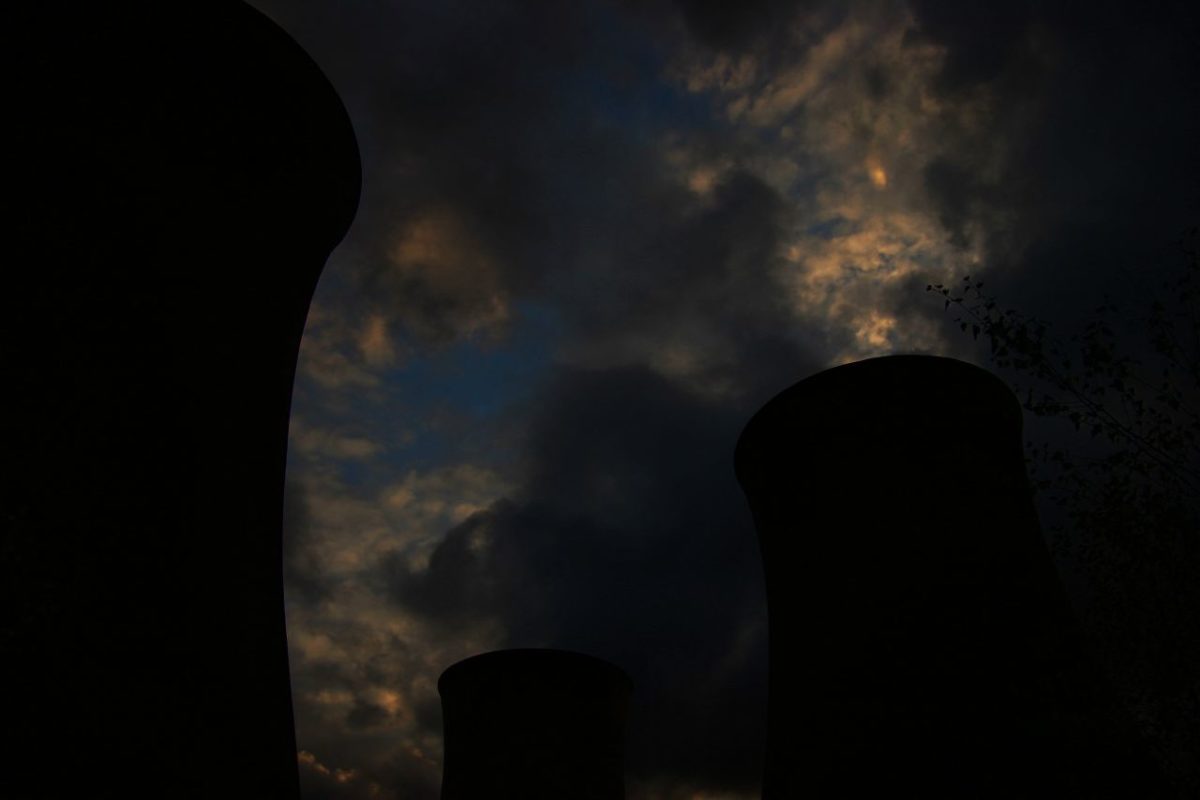Ahead of the UK government announcing its autumn budget on Monday, Oxford-based energy market intelligence firm, Aurora Energy Research has released a report underlining the importance of maintaining a carbon price support (CPS).
The carbon pricing scheme works alongside the EU’s emissions trading system (ETS) – which the government has repeatedly refused to signal its continued allegiance to, following Brexit, in March – to keep the costs of coal-fired power generation relatively high.
With the EU having raised its ETS price for carbon significantly throughout the year, UK policymakers may be set to lower the UK-specific additional cost of carbon.
Aurora says the ETS price has risen from €8/ton (£7.05/ton) at the start of the year, to more than €25 in September, and now stands at around €20. As a result, UK power generators now pay the highest carbon prices in the EU.
The UK has stated its plans to phase out coal, and to this end established five-yearly carbon budgets. Britain's CPS stands at €20, resulting in costs of around €40/ton of carbon when added to the ETS. Against this backdrop, however, there is a fear the UK government could lower the CPS again, to offset the additionally incurred costs of the EU levy.
Analysts at Aurora warn that by doing so, the government could jeopardize developments that have significantly lowered UK coal use, and further undermine the development of renewable energy in the country. Lowering the CPS would not notably lower energy costs for households, but could spur a renaissance of coal-fired power plants through the 2020s.
Different trajectories
Aurora's analysis calculates multiple scenarios related to energy prices and renewable energy development. By lowering carbon price support to €8/ton, the report's authors find, the UK’s coal fleet could stay online until 2025, generating 12 TWh annually.
If that ‘backward step’ scenario were to be realized, an additional 18 million tonnes of carbon dioxide would be released into the atmosphere – compared to Aurora's ‘original intent’ trajectory – throughout the UK’s third carbon budget, which will run from this year up to 2023.
For the fourth carbon budget, between 2023 and 2028, the backward step would see 33 million tons of additional CO2 emitted. That would amount to a 20% increase in greenhouse gas emissions from the UK power sector, which is already set to fall short of its carbon budget ambition.
Popular content
A flat scenario, in which the CPS and ETS are kept at a cumulative €40/ton – as well as any other scenario in which they increase – would result in the adoption of more renewables, storage, and CCGT gas-fired power stations. In those scenarios, gas plants are likely to replace costly coal-fired power stations.
The analysts set as the most ambitious outcome the ‘original intent’ scenario, which is, nevertheless, simply in line with what the UK government intended in 2011. The government at that point anticipated gradually increasing the price per ton of carbon to €80 by 2030.
More expensive… by €10 per year, per household
The analysts suggest a higher CPS and high ETS would not result in significantly higher electricity bills. Aurora says, in its report, under a high carbon pricing scenario, renewable power sources could operate subsidy free, meaning a higher adoption rate. In turn, coal or carbon-based power stations would incur high costs through the scheme, and be phased out. The resulting additional costs for households would amount to only €10 per year, according to Aurora.
Moreover, the annual tax income from an higher CPS would be 205% more than under the backward step scenario – a tempting outcome for Chancellor Philip Hammond, who has to find cash to finance his Prime Minister's health service commitments. The analysts calculate annual tax revenue through the CPS would be €364 million if it were reduced to €8/tonne, and €1.1 billion under the original intent scenario.
The CPS was introduced in 2013, when the EU launched its ETS. At that point, the UK government said the ETS was too low to make an impact, and decided to supplement the levy with a UK-specific one.
As a result, UK utilities have paid a more substantial sum on carbon generated, leading to a reduction in coal use from supplying 50% of the UK energy mix before the policy, to a single-digit percentage share now.
Last year saw the first coal-free power day in the UK since the industrial revolution. And throughout this summer, coal generation accounted for just 1% of the nation's energy mix.
This content is protected by copyright and may not be reused. If you want to cooperate with us and would like to reuse some of our content, please contact: editors@pv-magazine.com.



By submitting this form you agree to pv magazine using your data for the purposes of publishing your comment.
Your personal data will only be disclosed or otherwise transmitted to third parties for the purposes of spam filtering or if this is necessary for technical maintenance of the website. Any other transfer to third parties will not take place unless this is justified on the basis of applicable data protection regulations or if pv magazine is legally obliged to do so.
You may revoke this consent at any time with effect for the future, in which case your personal data will be deleted immediately. Otherwise, your data will be deleted if pv magazine has processed your request or the purpose of data storage is fulfilled.
Further information on data privacy can be found in our Data Protection Policy.